On April 17, 1937 WQXR invited Evan Roberts, the Managing Director of the WPA Federal Theatre Project Radio Division, to talk about the wonders of radio and its potential to be entertaining, educational, amusing, exciting and appealing to the intellectual as well as the average person.
When WQXR asked me to speak on this program I hesitated to accept, because I dislike making speeches almost as much as I dislike listening to them. I accepted, however, because after some consideration, I realized that the station was offering me an opportunity to speak to some 250,000 of the most discriminating radio listeners in the country —that is, if all of WQXR’s listeners are tuned in.
Speakers usually have a message to bring. I haven’t one. But I have a serious complaint to make. And you are going to listen to it —I hope. Many is the time that I have read some of your listener letters complaining about this and that. This is my chance to complain, and if the station doesn’t cut me off the air, I am going to make the most of the 15 minutes allotted to me.
I, along with a great many others in what is called the radio business, suffer from insomnia. You are probably saying to yourselves now that if this fellow can’t sleep at night, why does he talk to us about it? Why doesn’t he see a doctor? Frankly, I did, but my doctor hasn’t had a good program idea since I have known him. My mistake: he had one good idea, and that was the advice to get out of radio.
You speak about the trials and tribulations of listeners, the supposed trash that radio grinds out and that you have to listen to. But how about the trials and tribulations of the men who are kept on the fringe of a nervous breakdown trying to think up new program ideas to please their majesty, The Public? And to paraphrase the immortal words of Samuel Hoffenstein, the poet: “What do you get for it?” Not even fan mail.
And why do we suffer? Why do we worry and fret? Why do we spend our sleeping hours awake and our waking hours asleep? Because when we put on a Beethoven program, we are called “highbrows,” and when we do not we are called “lowbrows.” Children want gangster stories; mother wants recipes; father wants the news; and daughter wants crooners —all at the same time.
Books have been written about radio programs, broadcasting companies have conducted surveys, we have asked you questions and you have asked us questions. We still do not know what you want. Do you?
When I was appointed Managing Director of the Federal Radio Theatre, a project of the Works Progress Administration, I thought I had a snap of a job ahead of me. The prospects looked bright. I had a few good ideas, and was given some talent, good writers, and fairly good facilities. When they presented me with the keys to my office, they gave me just one order: “Roberts,” they said, “build some radio programs that are educational, entertaining, amusing, exciting; programs that are adult in theme and content; programs that appeal to the intellectual as well as to the average man —but don’t overdo it. Please everybody.”
“Please everybody.” That was all I had to do. We have been at it a year now, and along with other things we gave the public Shakespeare, Ibsen, Molière, Madach’s Tragedy of Man —too highbrow, you say. We also gave History in Acton, Pioneers of Science, Portraits in Oil —too educational, you say. Maker of Dreams, Trailers for Two —too sloshy, eh? First Frontiers, Safety Musketeers —oh, that is for children. Professional Parade, Serenade at Eight —just plain vaudeville, eh.
Your Poetry and Mine, Exploring the Seven Arts, Art and Artists, Four Arts Forum —too much talk. Radio Almanac, For New Yorkers, giving the news of the day —too informative, I suppose.

Well, what do you want? We are going to do the Epic of America, James Truslow Adams’ best seller; Gilbert and Sullivan in whole, not in capsule forms; Symphonic Dramas, [which] will be novels of plays adapted to radio, coordinated with the music that was written separately by a composer who was inspired either by the work or some story that inspired the work itself. For instance, Don Juan, Peer Gynt, Midsummer Night’s Dream, Rip Van Winkle, Don Quixote, Tristan and Isolde… and as many as we can think of.
Then too, the Federal Theatre Irish Players will bring you the outstanding Irish plays by Irish playwrights: Shaw, Lady Gregory, W.B. Yeats, etc. A cycle of social plays, as yet untitled, written by the outstanding playwrights of the past century. A dramatized serial of the art treasures in New York’s museums. A little story for the kiddies, based on the forthcoming book, Who’s Who in the Zoo, written by the Federal Writers Project. A series of thirteen programs based on Browning’s A Ring in the Book. Robinson Crusoe for grown-ups and children. A series of programs to be known as Around the Corner, revealing the intimate and sordid details of New York slums —a story of your neighbors.
[We will also present] a series of programs entitled For Your Information, an effort on our part to answer many of the thousands of questions that pour into the different Government bureaus. During our contemplated American Troubadours program, Alfred Kreymborg will interview America’s outstanding poets, he himself being one of them —and other programs too numerous to mention at the present time.
Most of these programs have already been written; others are still in preparation, each of them designed to please some of you.
These programs are considered experimental, because there still are a great many people who believe that radio audiences will not respond favorably to good plays, inspiring music, wholesome humor, and intellectual lectures. This opinion, of course, is in contradiction with the opinion of many others who believe that many thousands of sophisticated people are boycotting radio because they cannot find in this cultural medium the satisfaction they receive in reading an instructive book or going to a concert. They further say that all of these thousands can be won back to the radio if the level of radio performances is raised high enough for discriminating people to become interested in this newest form of social and cultural expression.
Who are we to believe? And does this mean that we have to build programs to please only a portion of the listeners, and say ‘to the devil’ with the rest? Does this mean that the air must be filled from morning to night either with classical . . . music? Or should we eliminate classical music completely, and fill the air-waves with popular music? Does this mean that such especially fine poetic dramas as the one written by Archibald MacLeish and recently produced over a national network, must be banished from the air in favor of some popular mystery thriller?

Not at all. Broadcasters have long ago recognized that in order to have a balanced program, they must try to please all of the people some of the time —at the risk of not pleasing some of the people at any time.
We know that radio audiences are eager for the experimental and hail new techniques and significant ideas with the fervor of converts to a new cause. We know that the world of machines [has] starved the creative imagination of our people who, now more than ever, feel the need to lift themselves up and above the sordid and the commonplace. We know that radio can reach out to the millions, and fill them with the best ideas and ideals that animate the best minds of the age.
We know that many people are dissatisfied with the present system and with its supposed pandering to popular tastes. We, for our part, have aimed our microphone at that portion of the listening audience that [has] been loudest in their complaint that not enough radio stations send in to their homes the kind or type of programs that they want to listen to.
But here is the rub. This is also the same audience that when it gets the type of program it wants sits back contentedly with an inward sigh of satisfaction, but [shows] no outward sign of approval. It is the same audience that will flock to a new play that they approve of, and shout bravos after the performance. The same audience that will buy hundreds of thousands of copies of a new book that they like. The same audience that will, under no condition, express any approval of a radio program that pleases them beyond words.
This is the same audience that thinks it much too idiotic to sit down and write a letter once in a while, expressing approval —or for that matter, disapproval— of a radio program, completely disregarding the fact that letters, telephone calls, and telegrams are the ‘applause’ of radio. And that only through the consistent use of this new medium of applause, can they continue to get what they consider a satisfying program.
Radio is still in its formative years. Where it will go from here depends entirely upon the listener —the listener who does not mind taking the trouble to express himself and to demand just what he wants.
When Congress passes on a new bill that touches your pocketbook both Congress and the newspapers are flooded with letters of protest. But when some radio program enters your home that you like or dislike, there is very little praise or protest. Every so often, however, by word of mouth, we hear rumblings and grumblings: “God, what is radio coming to?”
It is up to you. I called my little talk Twentieth Century Magic. I call it that because we are living in an age of magic. We are living in an age of magic far beyond the dreams of those oriental story-tellers who wove their colorful fancies into The Arabian Nights. Men ride the air like eagles, look upon the drama of life projected on a screen, and hear the voices of people shooting across seas and continents at the mere turning of a dial. We sense the magic of radio much more than we feel the other wonders of our age, because it is bound up with the intimacies of our homes and the blessings of our firesides. The lord in his castle and the laborer in his tiny flat can both open their doors to the music of Beethoven, listen to the laughter of clowns. The radio is twentieth century magic —Aladdin’s lamp itself, which we can rub at leisure and woo the genie of our heart’s desire.
a dial. We sense the magic of radio much more than we feel the other wonders of our age, because it is bound up with the intimacies of our homes and the blessings of our firesides. The lord in his castle and the laborer in his tiny flat can both open their doors to the music of Beethoven, listen to the laughter of clowns. The radio is twentieth century magic —Aladdin’s lamp itself, which we can rub at leisure and woo the genie of our heart’s desire.
Radio is Aladdin’s lamp. Just rub it and you will get your wish. Or, should I say, just write it and get your wish. And if you do, I am certain that my colleagues as well as myself will be more than grateful —for at least we will be able to get some sleep.
And that reminds me: I hope you didn’t sleep through my talk.
Good night.


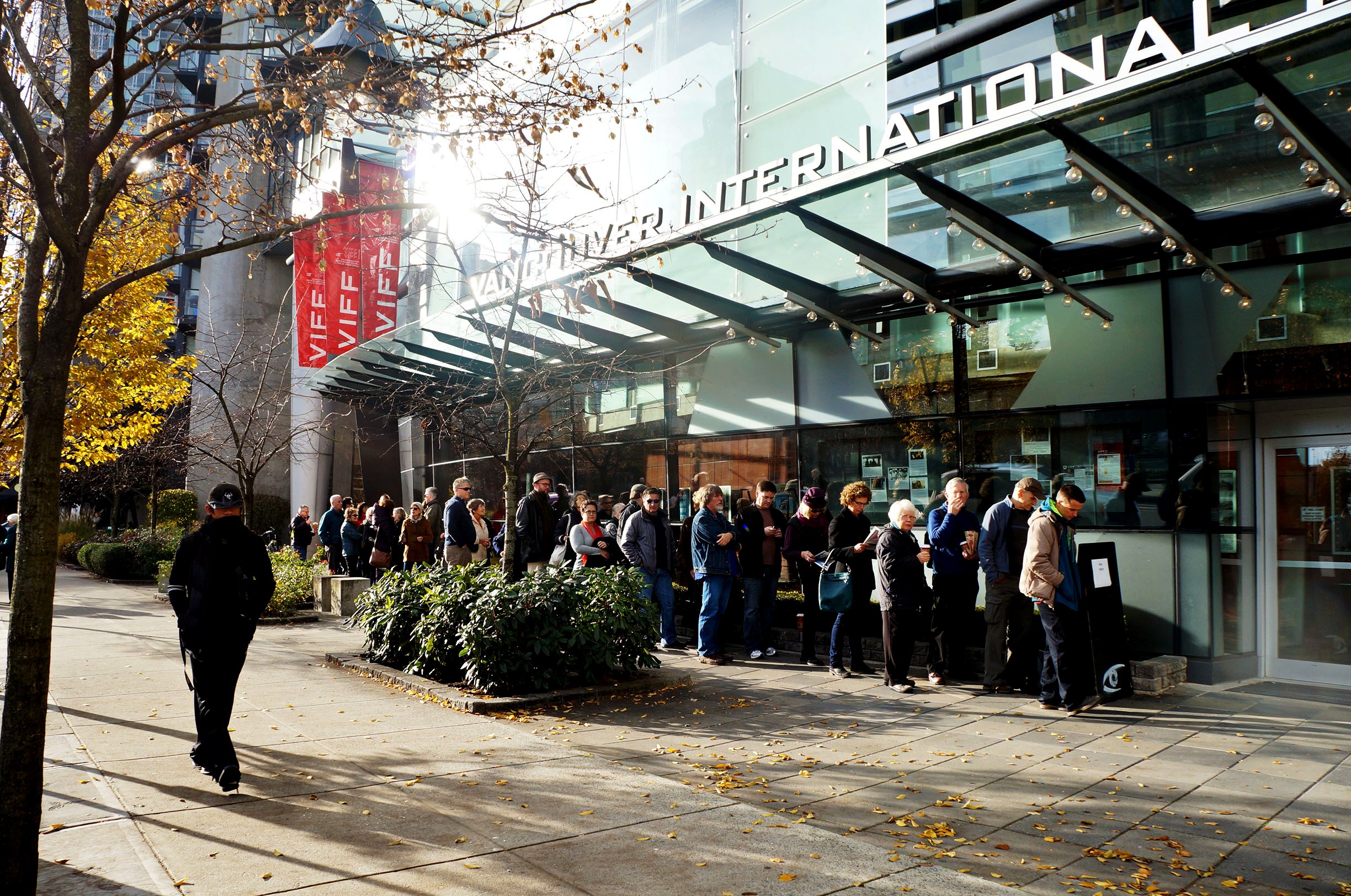
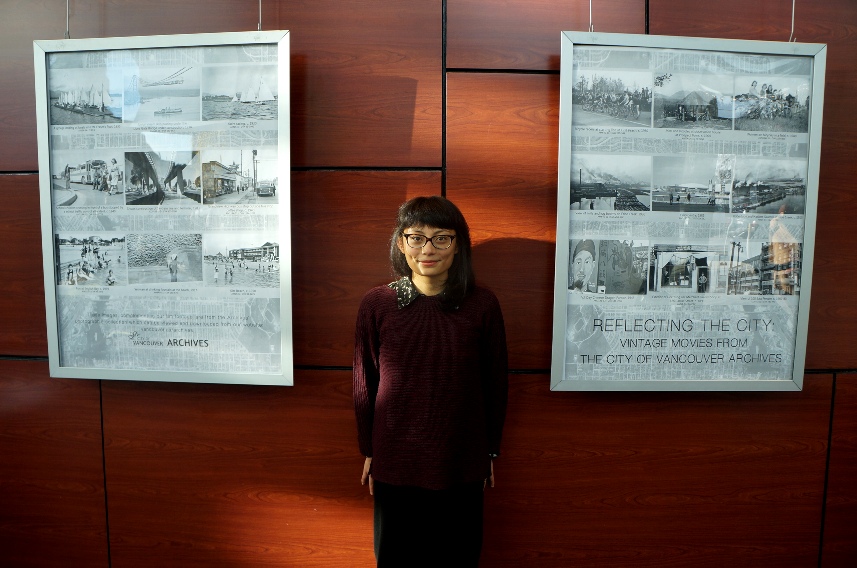
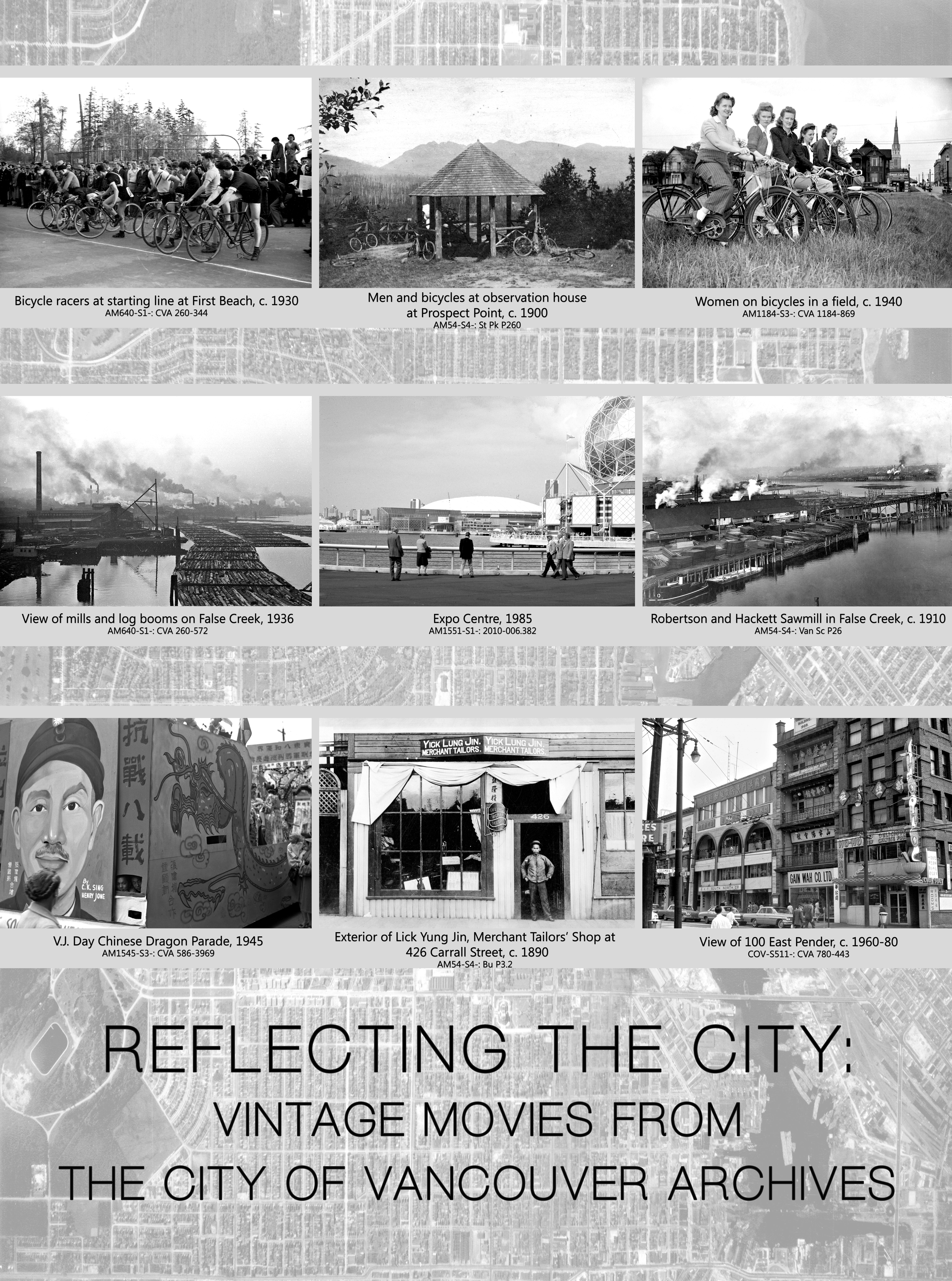

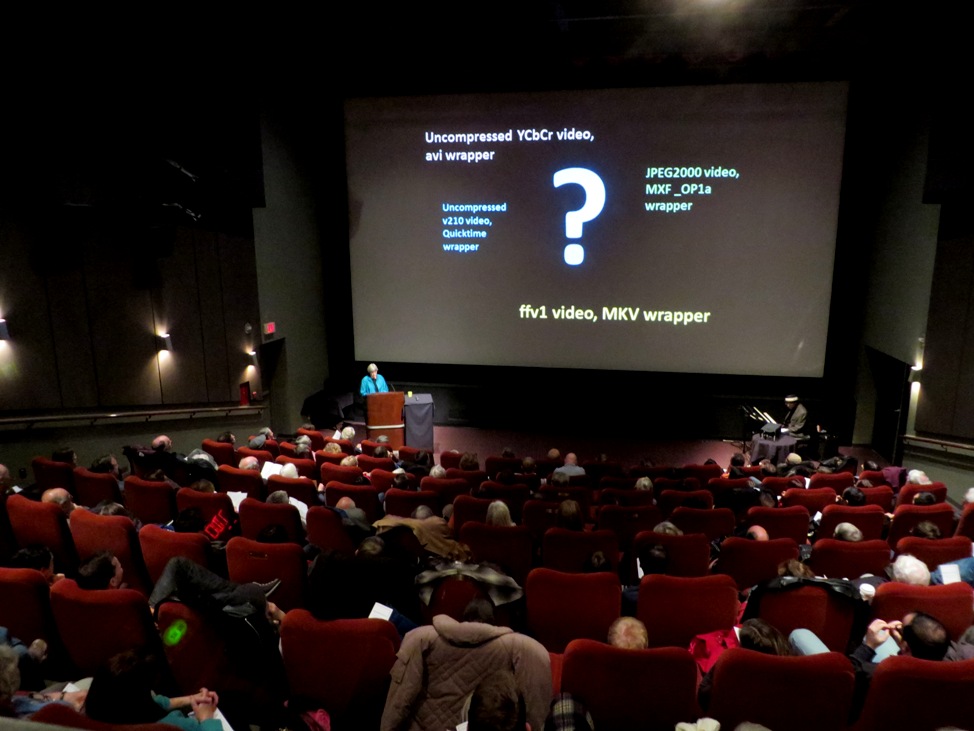


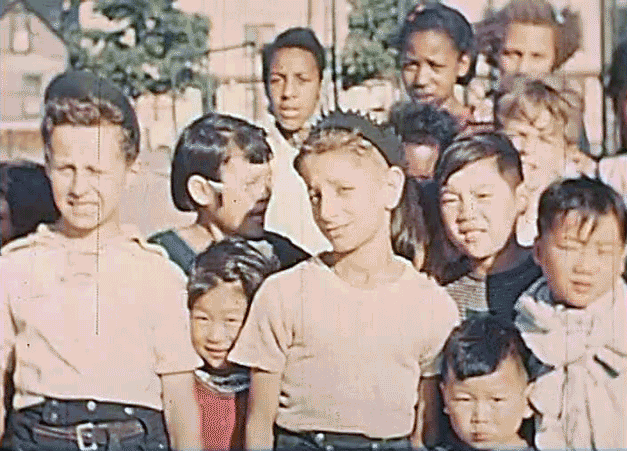
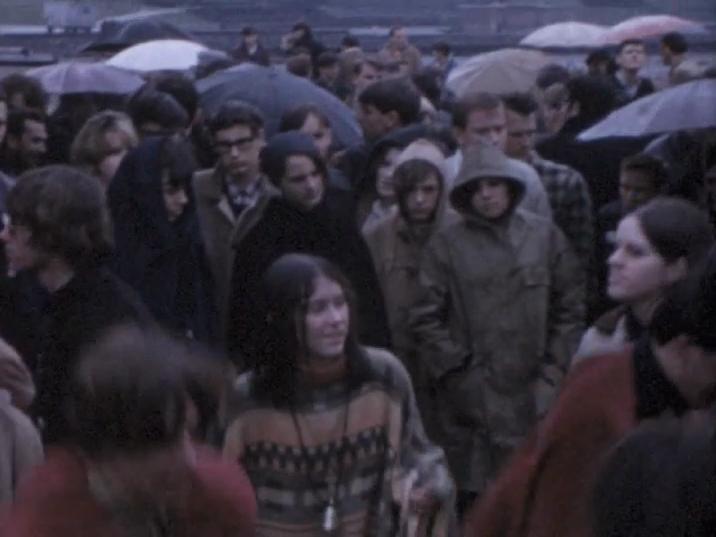
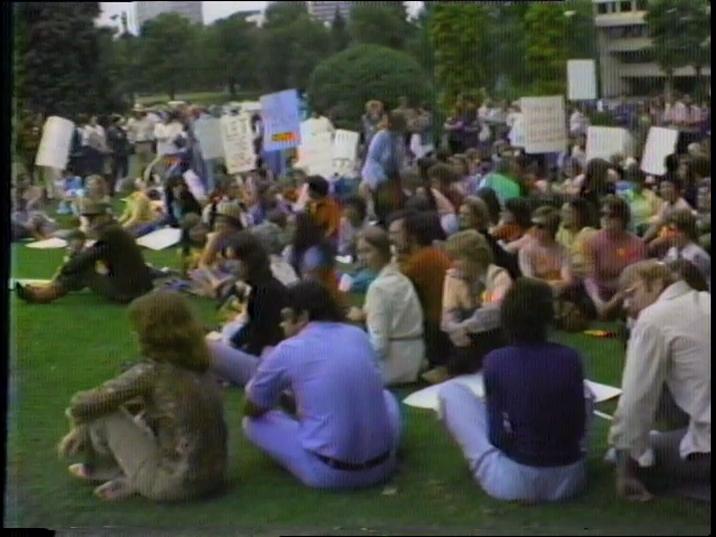
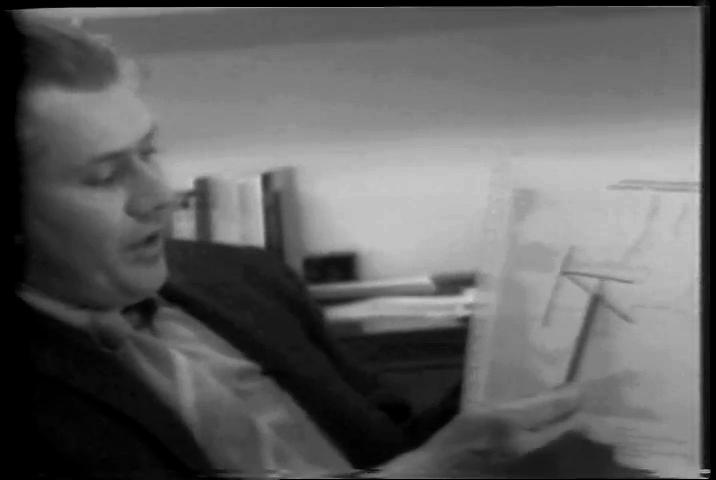

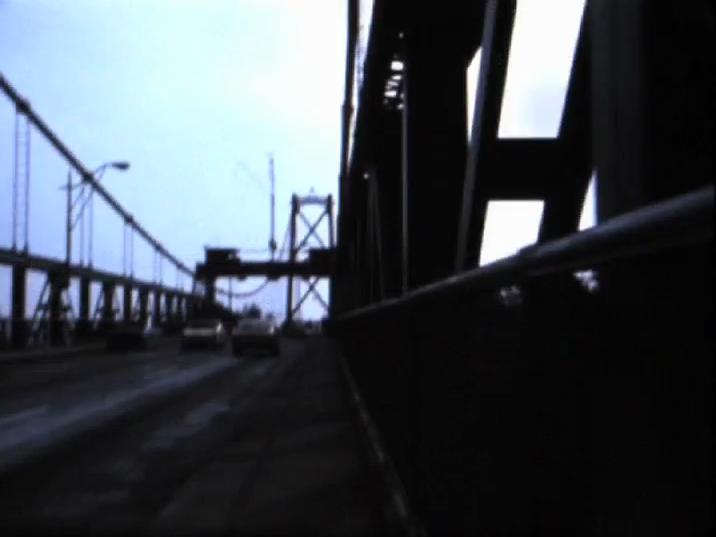
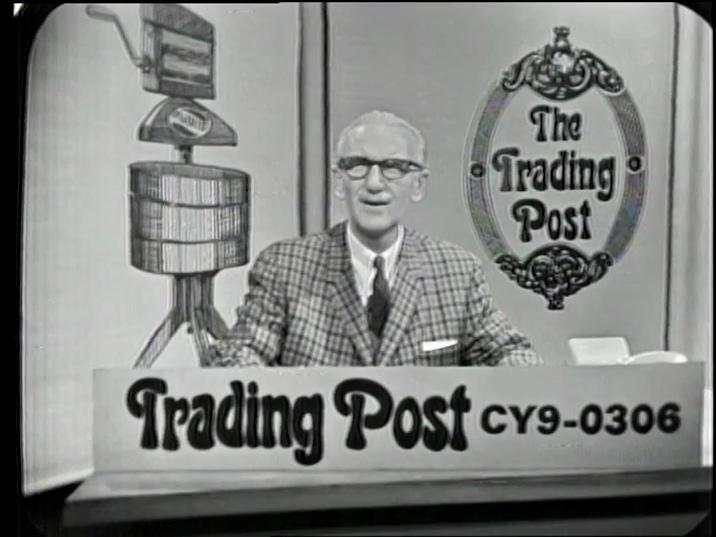
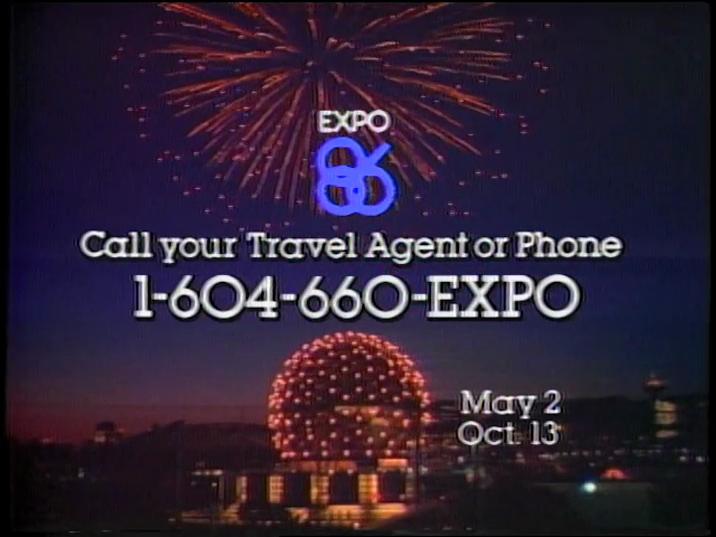

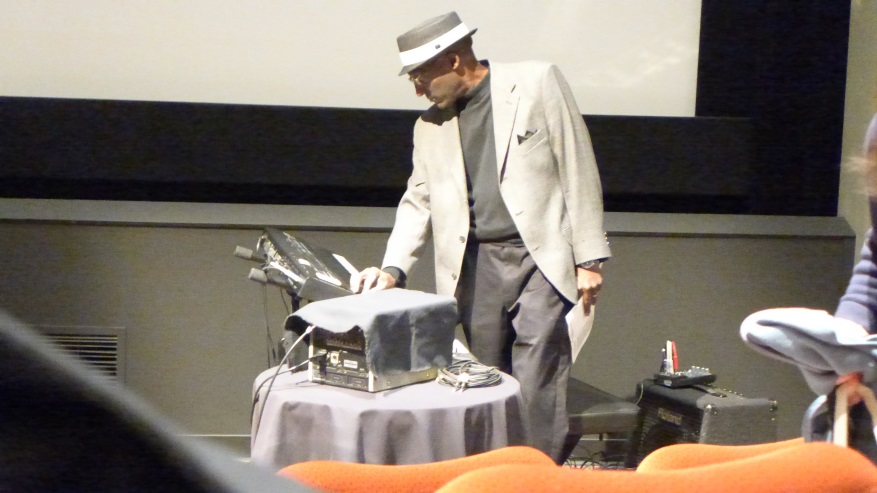





































 a dial. We sense the magic of radio much more than we feel the other wonders of our age, because it is bound up with the intimacies of our homes and the blessings of our firesides. The lord in his castle and the laborer in his tiny flat can both open their doors to the music of Beethoven, listen to the laughter of clowns. The radio is twentieth century magic —Aladdin’s lamp itself, which we can rub at leisure and woo the genie of our heart’s desire.
a dial. We sense the magic of radio much more than we feel the other wonders of our age, because it is bound up with the intimacies of our homes and the blessings of our firesides. The lord in his castle and the laborer in his tiny flat can both open their doors to the music of Beethoven, listen to the laughter of clowns. The radio is twentieth century magic —Aladdin’s lamp itself, which we can rub at leisure and woo the genie of our heart’s desire.





























